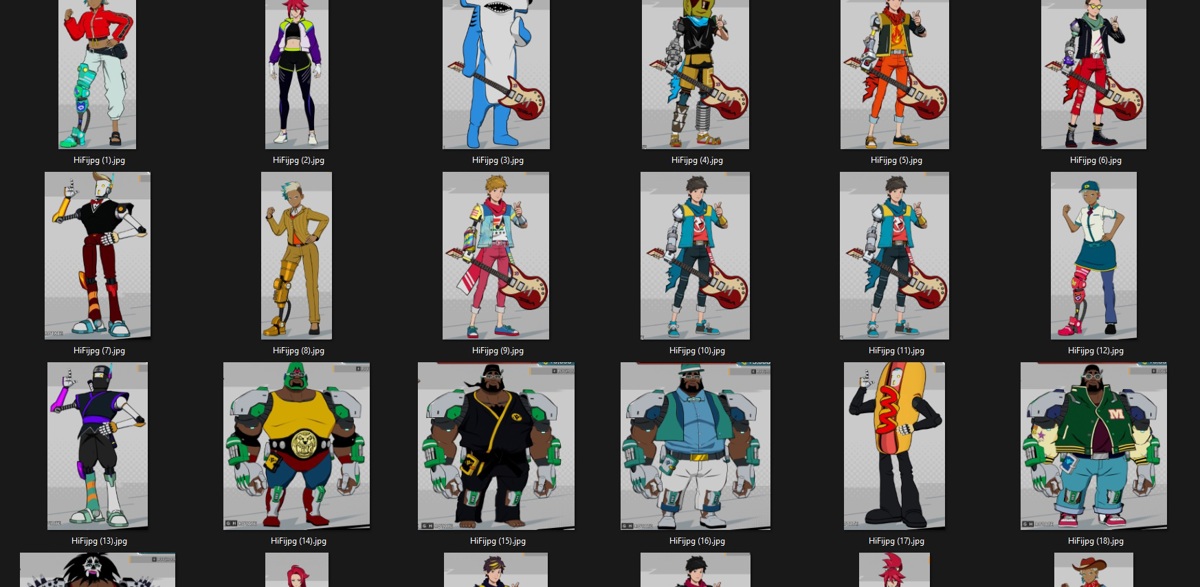
Highlights §
- When assembling a dataset for model training, various factors contribute to your success in creating an effective model. This guide aims to provide valuable insights and address common questions, assisting you in navigating the process more efficiently. (View Highlight)
- • High-Quality Images: Look for images that have a high resolution and clear visual details. Avoid low-resolution or blurry images as they may hinder the model’s ability to learn and generalize.
• Relevant and Representative Images: Seek out images that accurately represent the subject matter you are training your model on. These images should showcase the key features, characteristics, or attributes you want the model to learn and recognize.
• Desired Model Output: Consider what you want your model to produce or resemble. Look for images that align with your desired output or visual style. This can help guide the model’s learning process and influence its generated results. (View Highlight)
- , it is crucial to prioritize high-quality images. Opting for images with a resolution of 720p or higher is a sensible approach, as it allows the model to capture fine details effectively. While it’s possible to include lower quality images, it’s important to be aware that the model may struggle to train well, especially when it comes to intricate details like facial features, patterns, (View Highlight)
- is ensuring that the images closely resemble the character in their authentic and official depiction. It’s essential to avoid using images that feature alternate or unofficial outfits for the character. Maintaining consistency with the official attire ensures that the model learns to recognize and reproduce the character accurately, capturing their distinctive appearance and maintaining visual coherenc (View Highlight)
- Close-up: Incorporate close-up shots that highlight the character’s facial features, allowing the model to learn finer details such as expressions, textures, and intricate elements. (View Highlight)
- Portrait: Include images that depict the character in a portrait-style composition, emphasizing their overall appearance, including head, face, and shoulders. (View Highlight)
- Upper Body: Include images that focus on the character’s upper body, capturing details like facial expressions, clothing, and upper tor (View Highlight)
- Cowboy Shot: This camera position frames the character from the thighs or knees up, providing a medium shot that showcases the character’s body language, attire, and overall posture. (View Highlight)
- Full Body: Incorporate images that capture the character’s entire body, enabling the model to learn the proportions, posture, and overall physique of the character. (View Highlight)
-
- Exclude Second Persons: Images should ideally feature only the character being modeled without any prominent second individuals. However, if there are bystanders or blurred figures in the background, it is acceptable as long as they do not draw attention away from the main character.
- Avoid Main Focus on Others: The main focus of an image should always be the character being modeled. Other individuals should not dominate the image or detract from the character’s presence.
- Crop Images as a Last Resort: If you encounter images where a second person is present but not the main focus, cropping the image to remove or minimize the second person can be considered as a last resort. However, prioritize using images where the character is the primary subject without any distractions. (View Highlight)
- When finding images for your dataset, you may come across images that are a very low resolution. These images are not ideal for your dataset and sometimes can be unusable. Now with AI Image Upscaling tools, you are able to fix these images, so they can be usable. (View Highlight)
- Determining the ideal number of images for a dataset can vary depending on the specific project and desired outcomes. However, as a general rule of thumb, consider the following recommendations:
- Character: Aim for approximately 50 or more images for character-focused models. This number provides a reasonable foundation for the model to learn and recognize the distinctive features and characteristics of the character.
- Style: For style-based models, it is recommended to have around 100 or more images. This larger dataset helps the model understand the style nuances, enabling it to generate outputs consistent with the desired artistic or design style.
- Other Projects: While the amount can vary depending on the specific project, a minimum of 50 or more images is a reasonable starting point for non-character-based models or projects. However, please note that these numbers can be adjusted based on your specific needs and the complexity of the task at hand. (View Highlight)
